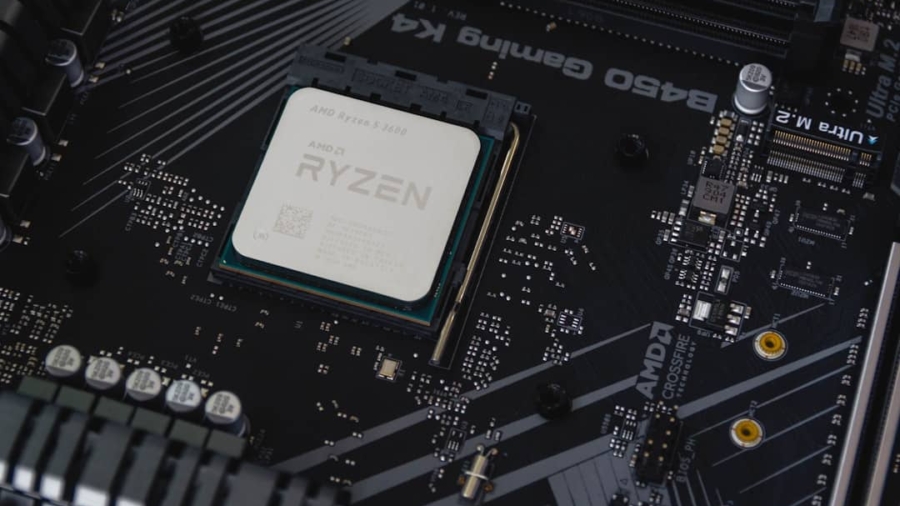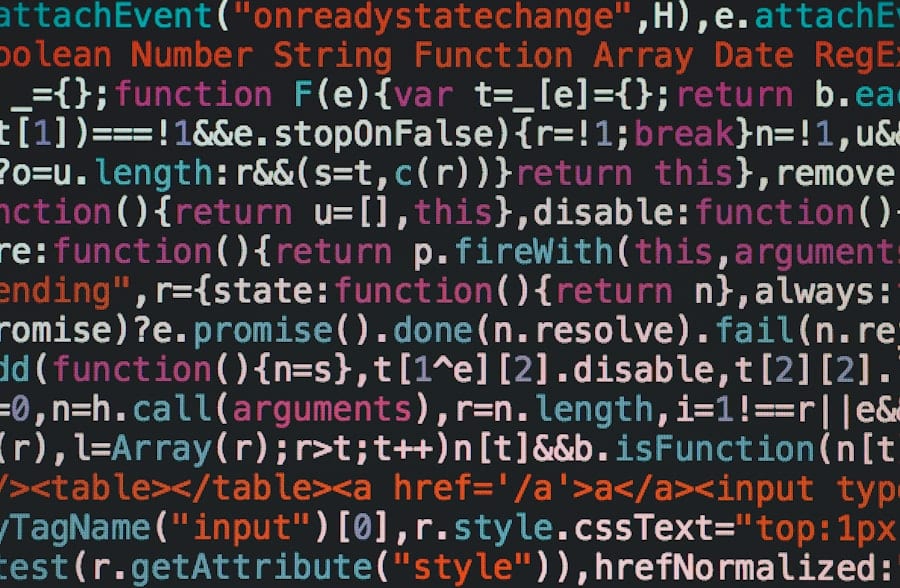Quantum computing represents a paradigm shift in the realm of computation, leveraging the principles of quantum mechanics to process information in ways that classical computers cannot. At its core, quantum computing utilizes quantum bits, or qubits, which can exist in multiple states simultaneously due to the phenomenon known as superposition. This allows quantum computers to perform complex calculations at unprecedented speeds, making them particularly suited for tasks that involve vast amounts of data and intricate problem-solving.
Unlike classical bits, which are binary and can only represent a 0 or a 1, qubits can represent both at the same time, exponentially increasing the computational power available for certain applications.
For instance, problems related to optimization, cryptography, and simulation of quantum systems can be addressed more efficiently with quantum algorithms.
As researchers and technologists continue to explore the capabilities of quantum computing, its potential applications in various fields, including artificial intelligence, materials science, and notably, space exploration, are becoming increasingly apparent. The intersection of quantum computing and space mission planning is particularly intriguing, as it promises to enhance our ability to navigate the complexities of space travel and exploration.
Key Takeaways
- Quantum computing utilizes quantum mechanics to process and store information, allowing for exponentially faster computation than classical computers.
- Challenges in space mission planning include complex calculations for trajectory optimization, resource allocation, and risk assessment.
- Quantum computing can significantly impact space mission planning by solving complex optimization problems and improving decision-making processes.
- Advantages of quantum computing in space mission planning include faster computation, improved accuracy, and the ability to handle large datasets more efficiently.
- Quantum computing algorithms such as quantum annealing and variational algorithms show promise in solving optimization problems for space mission planning.
Challenges in Space Mission Planning
Challenges in Mission Planning
One of the primary challenges is the sheer complexity of the systems involved. Space missions require meticulous coordination of spacecraft design, trajectory calculations, resource allocation, and risk management. Each mission must account for a multitude of factors, including gravitational influences from celestial bodies, atmospheric conditions during launch and re-entry, and the availability of communication links with Earth.
Time Constraints and Unpredictability
The interdependence of these factors creates a web of challenges that can complicate mission planning significantly. Moreover, the time constraints associated with space missions add another layer of difficulty. Engineers and scientists often work under tight deadlines to ensure that missions are launched during specific windows when conditions are optimal. This urgency can lead to rushed decisions and increased risk of errors.
The Need for Contingency Planning
The unpredictability of space environments poses significant challenges; for example, solar flares or unexpected debris can alter mission trajectories or damage spacecraft. The need for robust contingency planning is paramount, as any oversight can result in mission failure or loss of valuable scientific data.
Quantum Computing’s Impact on Space Mission Planning
The integration of quantum computing into space mission planning has the potential to revolutionize how missions are designed and executed. By harnessing the power of quantum algorithms, planners can analyze vast datasets more efficiently and derive insights that were previously unattainable with classical computing methods. For instance, quantum computers can simulate complex gravitational interactions between multiple celestial bodies with high precision, allowing for more accurate trajectory predictions and optimized flight paths.
Furthermore, quantum computing can enhance decision-making processes by providing real-time analysis of mission parameters. In scenarios where rapid adjustments are necessary—such as responding to unexpected changes in environmental conditions—quantum algorithms can process information at speeds that far exceed those of traditional systems. This capability not only improves the reliability of mission planning but also enhances the overall safety and success rates of space missions.
As a result, organizations involved in space exploration are increasingly investing in quantum technologies to stay at the forefront of innovation.
Advantages of Quantum Computing in Space Mission Planning
One of the most significant advantages of quantum computing in space mission planning is its ability to solve optimization problems more effectively than classical computers. Many aspects of mission planning involve finding optimal solutions among a vast number of possibilities—whether it’s determining the best launch window or optimizing fuel consumption during a journey. Quantum algorithms such as the Quantum Approximate Optimization Algorithm (QAOA) can tackle these problems by exploring multiple solutions simultaneously, leading to faster convergence on optimal strategies.
Additionally, quantum computing offers enhanced capabilities for data analysis and simulation.
Traditional data processing methods can struggle to keep pace with this influx of information, leading to delays in decision-making.
Quantum computers can analyze this data more rapidly and accurately, enabling mission planners to make informed decisions based on real-time insights. This capability is particularly crucial during critical phases of a mission when timely responses can mean the difference between success and failure.
Quantum Computing Algorithms for Space Mission Planning
Several quantum algorithms hold promise for improving space mission planning processes. One notable example is Grover’s algorithm, which provides a quadratic speedup for unstructured search problems. In the context of space missions, this could be applied to optimize resource allocation or identify the best trajectory among numerous potential paths.
By significantly reducing the time required to search through possible solutions, Grover’s algorithm can enhance efficiency in mission planning. Another important algorithm is Shor’s algorithm, which is primarily known for its ability to factor large numbers efficiently—a capability that has implications for cryptography but also extends to optimization problems relevant to space missions. For instance, Shor’s algorithm could be utilized to optimize communication protocols between spacecraft and ground control by ensuring secure transmission of sensitive data while minimizing latency.
Moreover, variational quantum algorithms are gaining traction in various fields due to their adaptability and effectiveness in solving optimization problems. These algorithms can be tailored to specific mission parameters and constraints, allowing planners to explore a wide range of scenarios and outcomes efficiently. As quantum hardware continues to advance, these algorithms will likely play an increasingly vital role in shaping the future of space mission planning.
Case Studies: Quantum Computing in Space Mission Planning
Optimizing Satellite Constellations with Quantum Algorithms
Several organizations are actively exploring the application of quantum computing in space mission planning through pilot projects and research initiatives. NASA has been at the forefront of this exploration, collaborating with technology companies and academic institutions to investigate how quantum algorithms can enhance mission design processes. One notable project involved using quantum computing to optimize satellite constellation configurations for Earth observation missions. By applying quantum optimization techniques, researchers were able to identify configurations that maximized coverage while minimizing costs.
Enhancing Satellite Navigation with Quantum Technologies
Another example comes from the European Space Agency (ESA), which has initiated projects aimed at leveraging quantum technologies for satellite navigation systems. The ESA is investigating how quantum-enhanced algorithms could improve the accuracy and reliability of positioning data obtained from satellite networks.
Implications for Terrestrial Applications and Private Sector Developments
This research has implications not only for space missions but also for terrestrial applications such as autonomous vehicles and precision agriculture. Additionally, private companies like IBM and D-Wave have been developing quantum computing platforms specifically designed for tackling complex optimization problems relevant to aerospace applications. These platforms allow researchers and engineers to experiment with quantum algorithms in simulated environments before applying them to real-world scenarios.
Future of Quantum Computing in Space Mission Planning
The future of quantum computing in space mission planning appears promising as advancements in technology continue to unfold. As quantum hardware becomes more powerful and accessible, it is expected that more organizations will adopt these technologies for their mission planning needs. The development of hybrid systems that combine classical and quantum computing capabilities may also emerge as a practical approach for addressing complex challenges in space exploration.
Moreover, ongoing research into error correction techniques will be crucial for ensuring the reliability of quantum computations in critical applications like space missions. As researchers develop more robust error-correcting codes and fault-tolerant architectures, the feasibility of deploying quantum computers in real-time mission scenarios will increase significantly. Collaboration between governmental space agencies, private companies, and academic institutions will play a pivotal role in shaping the future landscape of quantum computing in space exploration.
By pooling resources and expertise, stakeholders can accelerate innovation and drive forward initiatives that harness the full potential of quantum technologies for mission planning.
The Potential of Quantum Computing in Revolutionizing Space Mission Planning
The intersection of quantum computing and space mission planning holds transformative potential for how we approach exploration beyond our planet. By addressing complex optimization problems more efficiently and enhancing data analysis capabilities, quantum computing stands poised to revolutionize mission design processes. As organizations continue to invest in research and development within this domain, we can anticipate significant advancements that will not only improve the success rates of individual missions but also expand our understanding of the universe.
As we look ahead, it is clear that the integration of quantum technologies into space exploration will require ongoing collaboration across disciplines and sectors. The journey toward fully realizing this potential will involve overcoming technical challenges and fostering an environment conducive to innovation. However, with each step forward, we move closer to a future where quantum computing plays an integral role in unlocking new frontiers in space exploration and understanding our place within the cosmos.
Quantum computing is not only revolutionizing space mission planning but also impacting various other industries. For example, the article “What Is the Best Android Health Management Watches” discusses how smartwatches equipped with health management features are changing the way individuals monitor their well-being. These technological advancements are reshaping the landscape of healthcare and personal wellness.
FAQs
What is quantum computing?
Quantum computing is a type of computing that takes advantage of the strange ability of subatomic particles to exist in more than one state at any time.
How is quantum computing revolutionizing space mission planning?
Quantum computing has the potential to significantly improve space mission planning by solving complex optimization problems much faster than classical computers. This can lead to more efficient trajectory planning, resource allocation, and data analysis for space missions.
What are the benefits of using quantum computing for space mission planning?
The benefits of using quantum computing for space mission planning include faster and more accurate trajectory calculations, improved resource allocation, and the ability to analyze large amounts of data more efficiently.
Are there any challenges in implementing quantum computing for space mission planning?
One of the main challenges in implementing quantum computing for space mission planning is the current limitations in the scalability and stability of quantum systems. Additionally, there is a shortage of quantum computing experts and infrastructure.
What are some potential future applications of quantum computing in space exploration?
In the future, quantum computing could be used for tasks such as optimizing satellite constellations, simulating complex space environments, and developing advanced communication systems for space missions.



